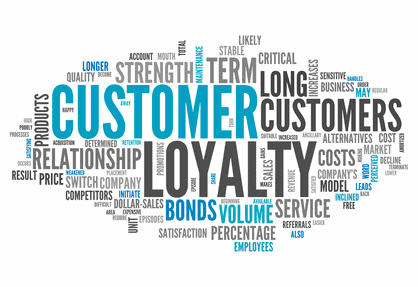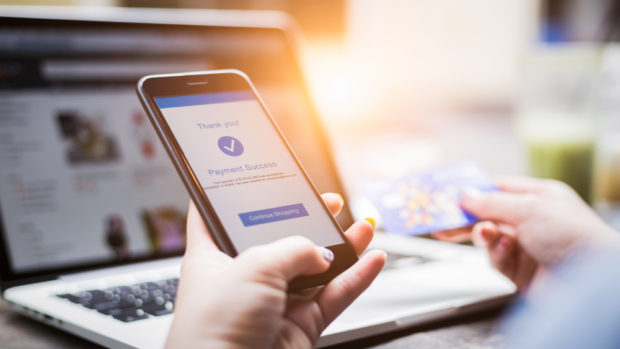
In the latest Tapestry Retail Leaders Forum discussion, Insight Director David Lockwood joined multi-channel retailers to share ideas for boosting customer retention.
In part one, we discussed the role of micro-segmentation, how to increase personalisation and relevance, and the benefits of automation. In this post, we explore how to recognise lapsed customers and discuss alternatives to discounts to fuel customer retention strategies throughout 2021.
Understanding purchasing periods
The first question to understand when planning a strategy for customer retention is: how do you define a lapsed customer? To do this accurately, you need to examine when and how customers have engaged historically, to understand when and how they are likely to engage in future.
Measuring a fixed period of inactivity, after which customers are designated as ‘lapsed’, likely won’t accurately represent their behaviour. Instead, try to understand purchase cycles on an individual level. For example, customer A may place orders four weeks apart, whereas customer B may place them four months apart. Using a three-month period may correctly identify customer A as lapsed but overlook that customer B is likely to order a month later. Once you know a particular customer’s normal purchasing period, you can set up automatic triggers which send communications just as they are lapsing.
Understanding new customers
So how do you predict the purchasing period for customers who have only placed one or two orders? The answer lies in using your existing data. Most retailers already know the average time it takes for a new buyer to make their second purchase, but data analysis can provide more granular information.
You can determine how the time to second order varies with different elements, such as the value of the first order, the product range, the day of the week, or the purchase channel. These factors usually show significantly different purchase periods. This type of analysis provides a percentage likelihood of when new customers will return. You can then use this information to target communications to prevent lapse at the appropriate time.
The drawbacks of discounts
Most retailers use some form of discount to attract new shoppers, but this approach can risk upsetting regular customers. While promotional codes can engender loyalty from existing customers, it’s important not to confuse these shoppers with deal-hunters who are only interested in the lowest price. Again, data analysis can help you differentiate between these two groups.
Loyalty schemes, where points can be exchanged for products, are also a common method. But incentivising a loyal or lapsed customer doesn’t necessarily need to involve a promotion. Even the simple act of communication can remind a lapsed customer of your existence and generate an order. For example, a clothing retailer explained in the discussion that they took the easy yet proactive step of calling their lapsed top customers to check whether they were receiving their emails or catalogues and found that about 20-30 per cent placed orders while on the call.
Alternatives to promotions
There are many different types of reward you can offer besides a discount. To make your customers feel special and build loyalty, try offering them temporary exclusive access, or entering them into a prize draw. One womenswear brand company began communicating their sustainability initiatives to existing customers. By explaining that customers who purchased from them were minimising harm to the environment compared with buying elsewhere, they achieved higher customer spend over a three-month period compared with discount codes.
Another approach is to use a brand story. For example, a premium pet food supplier used an email campaign in which they explained why the quality of the product justified the higher price. This successfully engaged consumers with fussy pets, where the problem was not the cost but keeping their animal happy. It’s important to test this type of narrative over a long period, such as six months, in order to accurately measure the return.
Ask your audience!
Traditional market research can prove really effective for some retailers, with surveys or focus groups (in exchange for free products) revealing useful insights. Divide your customer base into different segments and survey each group. Remember to ask your top 100 customers what they like about your brand or products.
The key to any customer retention strategy is data analysis. By understanding your customers, their buying habits, and the problems your products solve for them, you can plan how to communicate to get the most engagement. And by triggering these communications at just the right time, you’ll keep customers coming back again and again.
By Lara Bonney, Co-Founder of The Tapestry Agency








Share